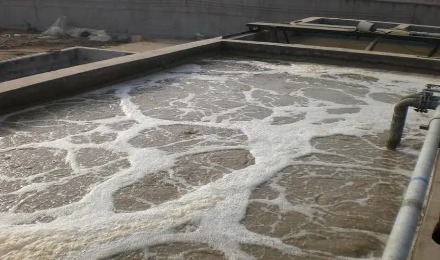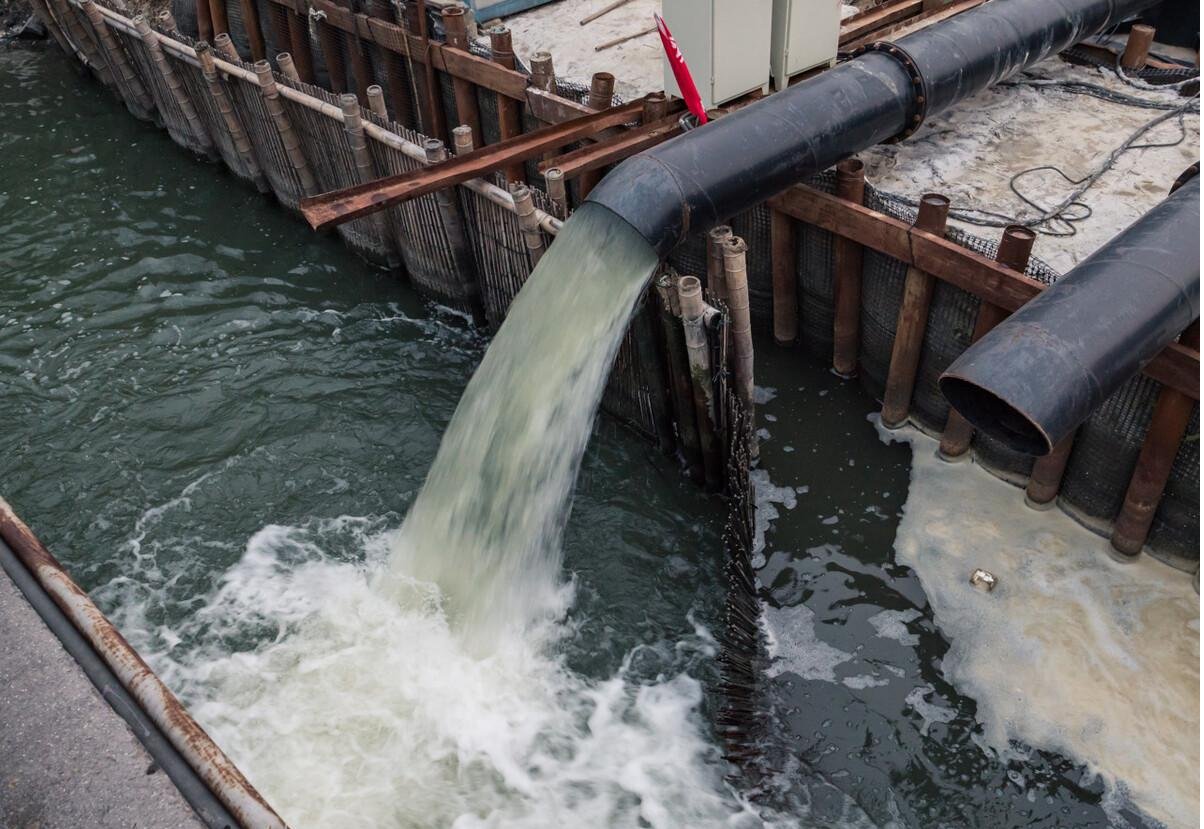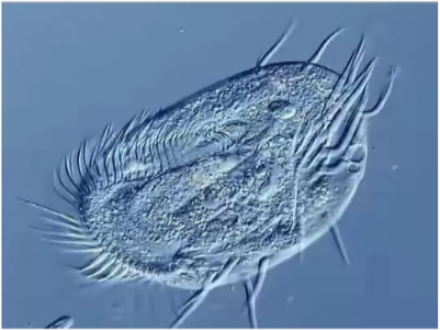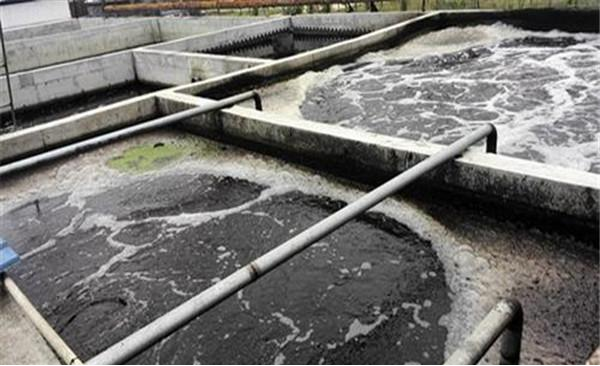What Are You Looking For?
Abnormal discharges from the source of sewage treatment in paper mills and its countermeasures
Jan 25, 2024
The existing layout of the sewage treatment system suffers from short sewage treatment processes, small footprint and short sewage retention time. To ensure the stable operation of the sewage treatment system as well as the discharge of effluent to meet the standards, the operators of the sewage system need to operate carefully in accordance with changes in the water quality at the source.
Negative impact of abnormal discharges at source on sewage treatment
The abnormal discharge of wastewater from the source into the wastewater treatment will have adverse effects on site, microbiology and discharge water quality as follows:
Direct impacts on site
Chromaticity
The chromaticity is mainly caused by the discharge of dilute black liquor from the pulp shop and the dyestuff discharged into the wastewater from the paper shop when producing coloured paper products, in addition to chemicals such as paint and modified soap clay used in the paper shop. These coloured waters enter the wastewater treatment and stain the water in all the structures, resulting in excess colour in the effluent when the colour treatment capacity of the system is exceeded.

Foam
Foam comes from the discharge of dilute black liquor from the pulping plant, the discharge of deinking agent from the deinking pulp plant and the surfactants used in the paper plant. The foam does not have a direct impact on the effluent index, but excessive foam can fly around when the wind blows and affect the site environment. Foam entrained substances can accelerate the corrosion of metal rails. Most seriously, when there is a lot of foam, it tends to lead to improper filtration of the slope screen, resulting in a reduction in the amount of effluent treated.
Solid waste
The solid waste mainly comes from reed residue discharged from reed pulp, sawdust lost from chemical wood pulp or chemical mechanical pulp, and residual pulp emptied when the paper workshop was changed to production, as well as felts and nets during the production and maintenance process. These solid wastes enter the sewage treatment system through the sewer, damage grilles, valves, lift pumps and other facilities, and in serious cases cause sewage treatment to shut down.
Sticky net
The sticky net is mainly due to the high viscosity of the incoming water. Its source is mainly the remaining PAM when the paper workshop is changing production, the abnormal discharge of poorly dissolved PAM, and the PAM leaking from the pipeline/valve. In addition, anti-lint and shedding powders, wet strength agents, retention aids, filler aids, organic particles, dispersants, etc. used in the papermaking process will all increase the viscosity of incoming water. After the net is pasted, the sewage overflows from the surface of the inclined net to the ground, making the site unsightly; it flows into the rainwater ditch, causing suspicion of illegal sewage discharge; the sewage flows into the main outlet, causing COD, suspended solids and other indicators to exceed the standard.
Impacts on microbes
pH
The pH is mainly due to the pH of the pulp ditch being lower than 5 when the chemical pulp is over-bleached, the pH of dilute black liquor and alkaline washing discharge is higher than 10, and the use of scale inhibitors in paper mills will lead to abnormal pH values of sewage. If the pH value exceeds the range of 6-9, it will cause the death of microorganisms in sewage treatment or the reduction of biological activity, and the removal efficiency of COD will decrease. In addition, the low pH can corrode the cooling tower fixed structure, causing the cooling tower to collapse.
Temperature
Microorganisms in activated sludge generally require temperatures below 38°C. In the south, affected by the high ambient temperature from April to October, pulping and papermaking wastewater is generally higher than 40°C, and poplar chemical pulp wastewater is higher than 60°C all year round. When the sewage temperature is high, the enzymes in the microorganisms will denature, and if the temperature is not lowered, the microorganisms will die.
Dissolved oxygen
The main reason for the low dissolved oxygen is that the leakage of black liquor causes the increase of microbial load and the increase of oxygen demand. There are also oily substances that form an oil film on the water surface after entering the aeration tank, which affects air diffusion. The lack of oxygen in the sewage treatment aeration tank will cause the death of microorganisms or the reduction of biological activity, and the reduction of COD removal efficiency will cause the sewage treatment effluent index to be extremely high.

Toxic and harmful substances
Toxic and harmful substances in wastewater generally come from alkali recovery, bleaching liquid used in chemical reed pulp and chemical mechanical pulp, hydrogen peroxide, whitening agent in pulp, cleaning agent, surface sizing agent and fungicide in paper workshop. When the concentration of these substances is high, a large number of microorganisms will die, and the COD removal efficiency will decrease. For example, a paper workshop uses a new manufacturer's wet pulp. Because the temperature rose at that time, the manufacturer added a large amount of fungicides to the wet pulp, resulting in the death of a large number of microorganisms in the papermaking wastewater treatment.
Impacts on the effluent index
BOD/COD (Biodegradability)
Chemicals such as fixative, cationic starch, AKD, pulp starch, and styrene-butadiene latex used in papermaking workshops have high COD, which will increase the microbial load after entering the sewage treatment system. Due to the poor biodegradability of these substances, the COD of the effluent increases, which indirectly increases the operating cost of sewage treatment, and even has the risk of COD exceeding the standard.
Suspended matter
Suspended matter comes from chemicals such as light calcium carbonate, white mud, heavy calcium, modified bentonite, collagen starch, corn raw starch, filter cake calcium, and china clay used in the papermaking process. These substances will increase the load of the sedimentation tank for a long time, and the effluent will exceed the standard. In addition, the high suspended solids cause the packing of the cooling tower to compact, the cooling effect is not good, and the energy consumption increases. Frequent cleaning is required during operation, which increases the labor intensity of sewage treatment personnel and operating costs.
Solutions
Strengthen source control
Do a water balance test and reduce the amount of fresh water used
Sort out the water use situation of enterprises, and then strengthen water management. Improve the water reuse rate and reduce the discharge of waste water through projects such as papermaking white water reuse, alkali recovery hot water reuse, and cooling water collection and reuse.
Do a good job of process control at the source
Reduce running, popping, dripping and leaking in the system. Control the liquid level of each pond/tank to reduce abnormal waste water overflow into the sewer. Centralize disposal of leftover, expired, and problematic chemicals after production reformation, etc., to reduce excessive discharge of chemicals. Further optimize the production process and reduce pollutant discharge from the source.
Do a good job in waste collection during the production process to reduce waste residue discharge
Such as household garbage such as instant noodle barrels and lunch boxes, engineering waste such as engineering templates and steel bars, and production waste such as woven bags, wood chips, reed leaves and reed poles, waste oil and fat.
Implement source pretreatment
Add some environmental protection facilities at the source to pre-treat wastewater to reduce the load of sewage treatment. For example, grids are added to the drainage ditch of the pulp and paper workshop to intercept sewage, and the waste water with high color of the paper machine is collected and decolorized before being discharged into sewage treatment.
The environmental protection facilities at the source should not be idle, and should be repaired and dealt with in time after failure, such as deinking pulp sludge treatment facilities, reed residue collection system for chemical reed pulp, etc.
Keep in touch
Before the use of new chemicals, production process changes, new slurry use, etc., the evaluation of sewage treatment should be done in advance, and sewage treatment personnel should be reminded to follow up.
Abnormal emissions need to be declared in advance. The abnormal discharge of the process must be reported to the department in charge of environmental protection in the factory at least 24 hours in advance. The content of the report includes the discharge name, discharge characteristics (such as color, pH, bactericidal, etc.), discharge start time and end time, etc., so as to facilitate the preparation of sewage treatment in advance.

Conclusions
The production operation at the source of sewage directly affects the production operation of sewage treatment. Since there are many types of chemicals added in the papermaking process, especially when the market is in a downturn, frequent production changes and large fluctuations in water quality will bring disadvantages to the process operation and equipment operation of the sewage treatment system. In severe cases, it will also cause equipment failure and microbial death. Even the water exceeds the standard. Water pollution control is a systematic project. In order to ensure that the sewage treatment meets the discharge standards, it needs to be linked and controlled together.